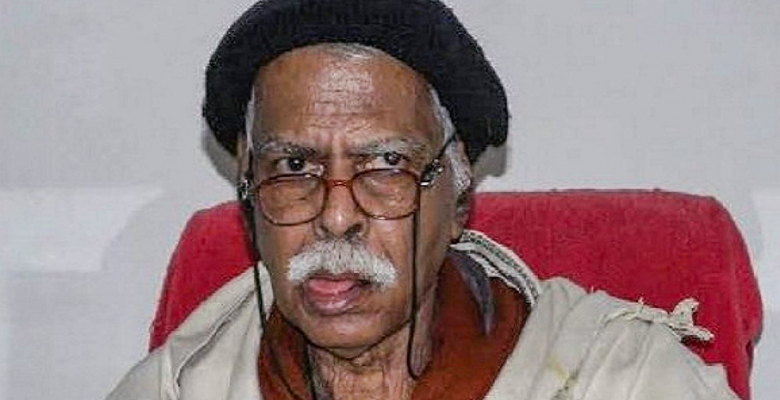The NASA employee Vashishtha Narayan Singh, who questioned Einstein, vanished for a long time.

News Mania Desk / Piyal Chatterjee / 27th November 2024
The life story of Vashishtha Narayan Singh is a moving account of extraordinary skill and promise. His tale illustrates the significant influence mental health may have on a person’s life path while simultaneously telling the tale of a man whose great intelligence determined his destiny. We shall explore Singh’s life story in this post, which should inspire thousands of youngsters from low-income families who want to make a difference in the world.
In a little Bihar village, Vashishtha Narayan Singh was born. He was raised in a police constable’s household and attended Patna Science College after completing his education at Jharkhand’s Netarhat School. At a relatively young age, Vashishtha was appointed a visiting fellow at the esteemed NASA, IIT, and Berkeley.
Singh topped UGC’s unified JRF in 1964 after winning both his BSc and MSc exams in succession. His mental disorder, however, became a significant obstacle to his achievement. Singh’s brilliance was acknowledged globally. Some even assert that he contested the hypothesis of Gauss in addition to Einstein’s hypothesis, E = MC2.
Singh’s skill quickly gained attention both domestically and internationally. Once, when NASA’s headquarters computers were shut down, the agency summoned him in to perform some calculations. Additionally, according to reports, Singh was involved in a project during the Apollo missions that was part of NASA’s real attempt to send a man to the moon.
A police constable was the father of Vashishtha Narayan.
He attended Jharkhand’s Netarhat School. Following that, he attended Patna Science College. In 1969, he received his PhD. His trip to the United States was planned by Professor John L. Kelly, who acknowledged his brilliance. Later on, the University of California, Berkeley accepted him. After nearly nine years in the United States, Vashishtha Narayan returned to India. He was a professor at prominent universities such as the Indian Statistical Institute (ISI) in Kolkata, the Tata Institute of Fundamental Research (TIFR) in Mumbai, and the Indian Institute of Technology (IIT) in Kanpur.
He was appointed director of Columbia University of Mathematics in 1967. He contested Einstein’s “Theory of Relativity” in his 1969 work “The Peace of Space Theory.” Based on this idea, he received his PhD. He was named a “Genius of Genius” by Berkeley University. After his return to India in 1971, Singh became a mathematics professor at IIT Kanpur in 1972.
Shortly after arriving back in India from the United States, Singh married. But shortly after, he suffered from mental illness, which led to a divorce and a decline in his academic standing. He was eventually placed in an institution to receive the care he needed. Singh mysteriously vanished on the rail ride throughout these years, only to resurface later, living in misery in his hometown. Singh passed away on November 14, 2019, at the age of 72. Padma Shri was given to him posthumously in appreciation of his contributions to mathematics.






